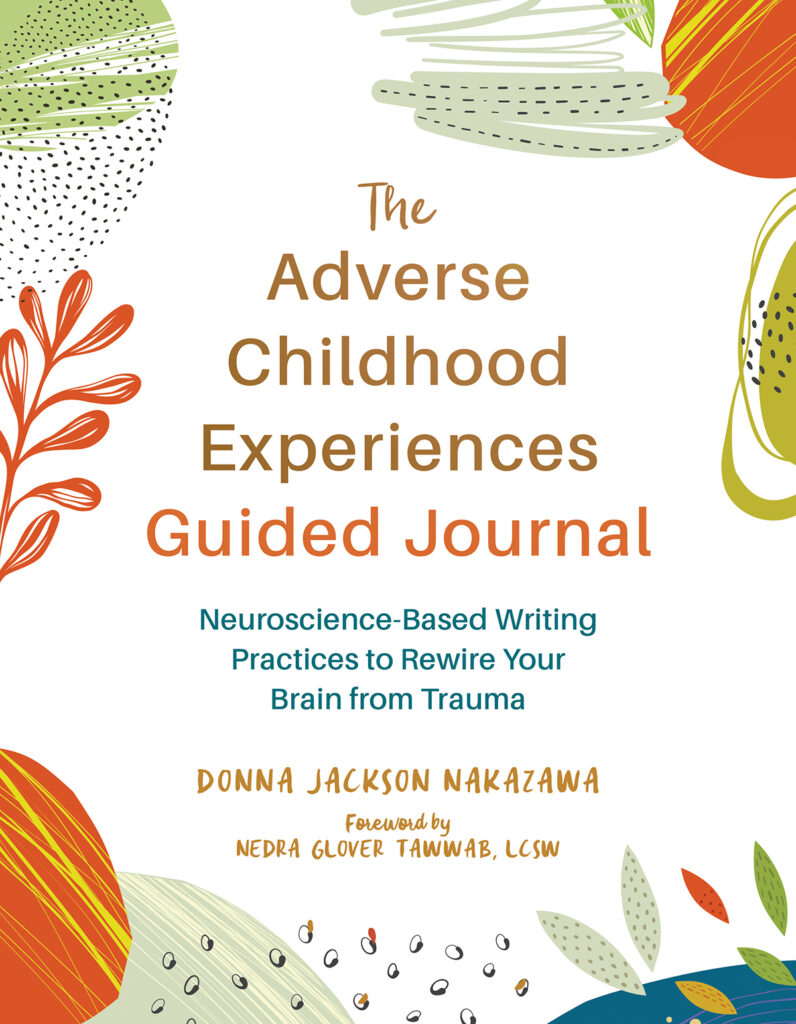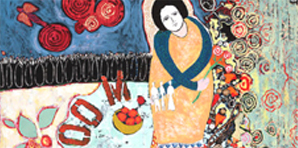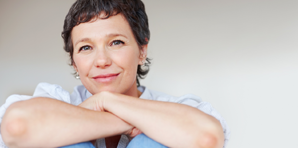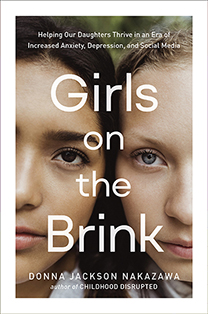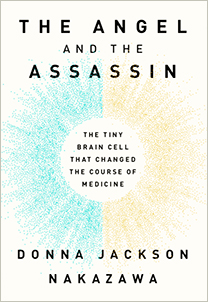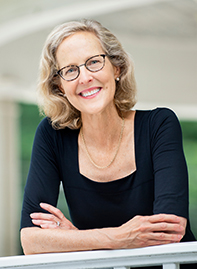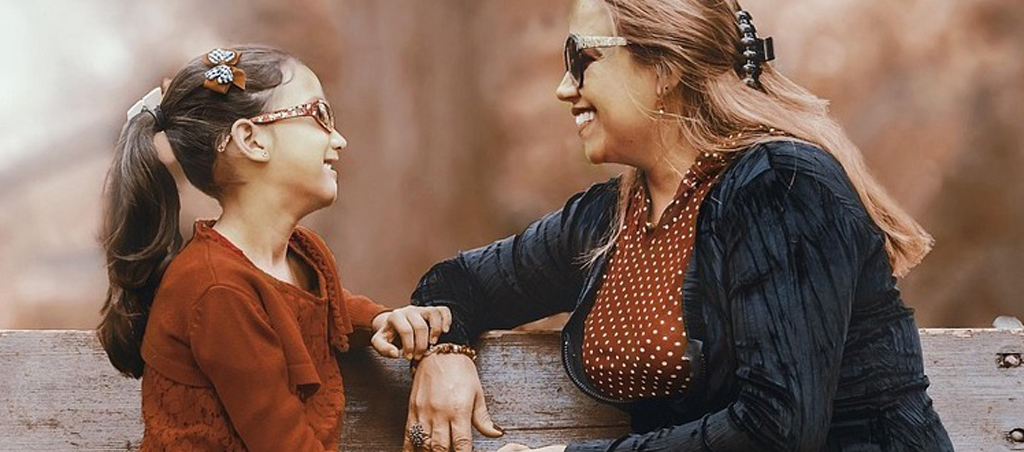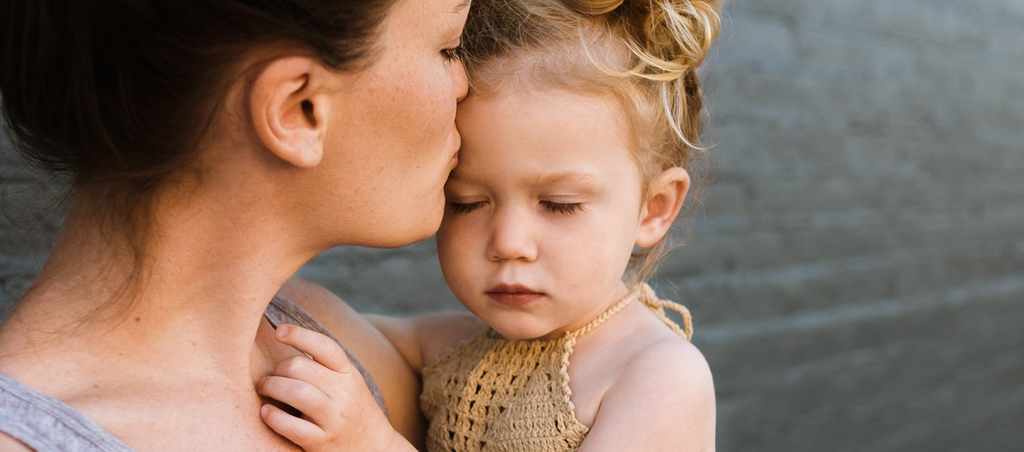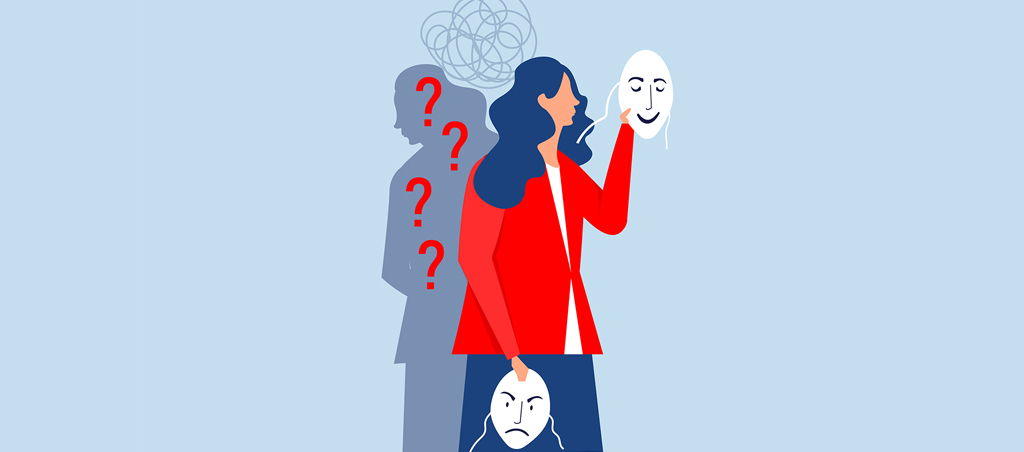I wrote this for the PBS website, Next Avenue, and have recently had a number of requests to share it. So, I’ve included the essay here, and a link to the original below.
I’m Not Cured, but I Am Healing
After years of pain and chronic illness, an author finds relief through breakthrough research on how the brain affects the body.
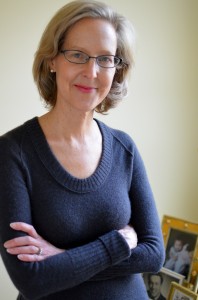
Donna Jackson Nakazawa is the author of the award-winning Autoimmune Epidemic. Her new book is The Last Best Cure: My Quest to Awaken the Healing Parts of My Brain and Get Back My Body, My Joy and My Life.
More than 133 million American adults — 1 in 2 of us — suffer from a chronic condition, including autoimmune disease, fibromyalgia, digestive disorders, migraines, back pain, depression, diabetes, cancer and chronic pain. A recent study published in JAMA Internal Medicine found that those of us in our 40s, 50s and 60s are twice as likely as our parents were to suffer from debilitating chronic conditions in middle age.
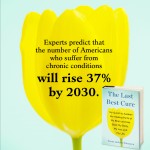
I’m one of those statistics. I’ve spent much of the past decade navigating my life around health crises. Twice I’ve been paralyzed by Guillain-Barre Syndrome, an autoimmune disease similar to multiple sclerosis, but with a more sudden onset and a wider array of possible outcomes. Other diagnoses — low blood cell counts, thyroiditis and the need for a pacemaker — have also complicated my health and my life.
When my kids were younger I coped with bouts of being bedridden by turning my bed into a playground, scattered with board games, Legos and books like A Wrinkle in Time and The Lord of the Rings. One day, my son’s grade school teacher sent home a paper in which she’d circled a line he’d written: “My Mom is the most determined person I know. She’s more determined than Frodo.”
Above all I longed for a normal, ordinary life, that lovely, irreplaceable, gorgeous mess of moment-to-moment reality — to play hide-and-seek with my kids again, to bandage and kiss a skinned knee while rushing to get out the door to a meeting.
I was sure that if I could walk again, tie my kids’ shoes, drive, cook dinner and type, the joy of living would return in high definition. If I could just get back to ordinary life, it would be miracle enough.
But I was wrong. Even after I’d regained the strength to haul myself up the steps — albeit by death-gripping the rail — and drive, cook and write, I was different. Yes, I was profoundly grateful, but it still felt like a half-life. A maybe life.
One day I found myself lying down at the top of the stairs, exhausted by carrying up the laundry basket. That’s when it hit me: These should be the best years of my life. My time to enjoy my kids, who would all too soon be gone. My most productive work years. But the days were whizzing past.
Illness, I realized, had become my joy thief.
New Ways to Activate Healing
 As a health science journalist, I’d authored an award-winning book, The Autoimmune Epidemic, on how modern chemicals were overwhelming the human immune system, contributing to rising disease rates. I’d been working with the chronically ill for years, lecturing to groups and exchanging thousands of emails with patients. I knew how many Americans were suffering, despite having benefited from the best that Western medicine had to offer.
As a health science journalist, I’d authored an award-winning book, The Autoimmune Epidemic, on how modern chemicals were overwhelming the human immune system, contributing to rising disease rates. I’d been working with the chronically ill for years, lecturing to groups and exchanging thousands of emails with patients. I knew how many Americans were suffering, despite having benefited from the best that Western medicine had to offer.
Like me, their lives had been saved, but they felt robbed of joy.
Recently, I’d been investigating “psychoneuroimmunology,” a new study of how mind states, like anxiety and pain, trigger a cocktail of stress hormones and inflammatory chemicals that damage our immune function in much the same way as environmental chemicals. Research has linked high levels of stress-related inflammatory biomarkers to a greater risk of chronic pain, depression, heart disease, digestive illnesses, Alzheimer’s disease, cancer and autoimmune diseases, including rheumatoid arthritis.
On the other hand, patients who practiced meditation, mindfulness, yoga and breath work showed decreased inflammatory biomarkers. Brain-body techniques, like Mindfulness-Based Stress Reduction — learning to quiet the churning mind through yoga, breathing, loving-kindness meditation and noting and naming our moment to moment habits of mind — help us to separate ourselves from our thoughts, calm our nervous system and change our biology. Our worries and ruminating thoughts no longer cause the same inflammatory stress reactions. Almost two-thirds (61 percent) of patients with rheumatoid arthritis who underwent training in this technique achieved at least a 50 percent reduction in pain.
I was intrigued by the idea that here was something I could do, without taking a pill or risking side effects, that might help activate the healing potential of my own brain. Could mindfulness, meditation and yoga alter my stress response, brain and cellular activity?
 To find out, I teamed up with Dr. Anastasia Rowland Seymour, director of Johns Hopkins University’s Program in Integrative Medicine. We embarked on a one-year experiment to see if altering my mood state might shift my inflammatory markers and perhaps even improve my physical well-being. I chronicled the experience in my new book, The Last Best Cure.
To find out, I teamed up with Dr. Anastasia Rowland Seymour, director of Johns Hopkins University’s Program in Integrative Medicine. We embarked on a one-year experiment to see if altering my mood state might shift my inflammatory markers and perhaps even improve my physical well-being. I chronicled the experience in my new book, The Last Best Cure.
I wasn’t expecting miracles. I simply wanted to turn off what I’d come to call the “Pain Channel” and tune into the “Life Channel” before the best years of family life were gone.
Echoes of Childhood Stress in Adult Illness
Along the way, however, something unexpected occurred. I stumbled upon an important new area of research linking what are known as adverse childhood experiences, or ACEs, to a greater likelihood of facing chronic health conditions in adulthood. ACEs include experiencing, before the age of 18, emotional and physical neglect or chronic humiliation, sexual or physical abuse, living with a depressed or alcoholic parent or suffering the loss of a parent to death or divorce. For instance, women who have experienced ACEs face a much higher likelihood of being hospitalized with an autoimmune disorder as adults. Similar relationships exist between adverse childhood experiences and heart disease, chronic fatigue, diabetes, depression, cancer, heart disease, migraines and stroke.
The research was profound. When the developing brain is repeatedly thrust into a state of hyperarousal or worry, the state of fight or flight causes deep physiological changes to take place. Small chemical markers adhere to genes that oversee the proper production of stress hormone receptors in the brain, tipping it into a state of constant hyperarousal. Stuck on autopilot, inflammatory chemicals keep coursing through the body, like a leaky faucet, building up corrosive effects that, as the years go by, have lifelong consequences for our health.
In other words, the emotional loss we suffer when we are 7 or 12 or 16 lives on forever in our cells.
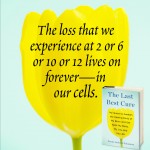 Although I was reluctant to see myself in the research, I realized I’d had my own adverse childhood experiences. When I was 12, my father died, overnight, from a medical error. In the traumatic aftermath the world as I’d known it fell apart. It suddenly made sense that at the age of 51, it still felt as if every decision might mean life or death. My body was stuck in the same state of fight or flight I had known since I was 12.
Although I was reluctant to see myself in the research, I realized I’d had my own adverse childhood experiences. When I was 12, my father died, overnight, from a medical error. In the traumatic aftermath the world as I’d known it fell apart. It suddenly made sense that at the age of 51, it still felt as if every decision might mean life or death. My body was stuck in the same state of fight or flight I had known since I was 12.
As I continued my yearlong quest, I practiced mindfulness, meditation, yoga, laughter yoga and nature bathing, as well as psychotherapy and acupuncture. At the end of the year, we retested my blood. The results stunned us: My stress biomarkers had gone down. My white and red blood cell counts fell in the normal range for the first time in a decade. When I showed my doctor that I could stand on one leg, in the yoga tree pose, she stood to catch me. But she didn’t have to. Instead, she smiled as I moved into one-legged dancer pose, then eagle pose.
With fewer medications and doctors’ visits I even saved money.
It wasn’t that all of my symptoms had disappeared. I still faced limitations. But something more profound had changed. I had healed. I’d gained a new ability to cope with my challenging physical realities by dismantling some of the layers of the psychological distress and anxiety and even the fear that so often goes hand-in-hand with coping with illness.
And that, it turns out, was what I’d been searching for all along.
Healing, I believe, takes different forms for different people. We may think of it as taking place on a physical level, but even recovery on an emotional level can dramatically change our lives and allow us to occupy another, less reactive mental space.
And that makes room for, well, more joy. It turns down the “Pain Channel” and puts us back on the “Life Channel.”
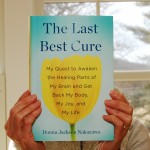 The year was an important lesson for me, not just in how I live, but how I think about disease. We may set out seeking to be cured when we may need to focus instead on being healed. Being cured and feeling better often overlap, but they are not the same thing. Our health is affected by a range of emotional components that impact us at a cellular level in ways we still don’t completely understand. But scientists now know the impact is real and that efforts to shift our state of mind from pain and fear to joy and well-being don’t merely make us feel better, they induce healing responses in the brain that affect our biology in lasting ways. We know that meditation, mindfulness, psychotherapy, yoga, laughter yoga, nature bathing, breath work and acupuncture help chronic conditions, even if we are still working on the why.
The year was an important lesson for me, not just in how I live, but how I think about disease. We may set out seeking to be cured when we may need to focus instead on being healed. Being cured and feeling better often overlap, but they are not the same thing. Our health is affected by a range of emotional components that impact us at a cellular level in ways we still don’t completely understand. But scientists now know the impact is real and that efforts to shift our state of mind from pain and fear to joy and well-being don’t merely make us feel better, they induce healing responses in the brain that affect our biology in lasting ways. We know that meditation, mindfulness, psychotherapy, yoga, laughter yoga, nature bathing, breath work and acupuncture help chronic conditions, even if we are still working on the why.
Sometimes these efforts will result in a cure and sometimes they won’t, but they can help us experience a greater sense of joy in being here, right now. If we are lucky, we might just find both.
The original version of this essay appears in the PBS online journal, NextAvenue. http://www.nextavenue.org/article/2013-04/im-not-cured-i-am-healed
